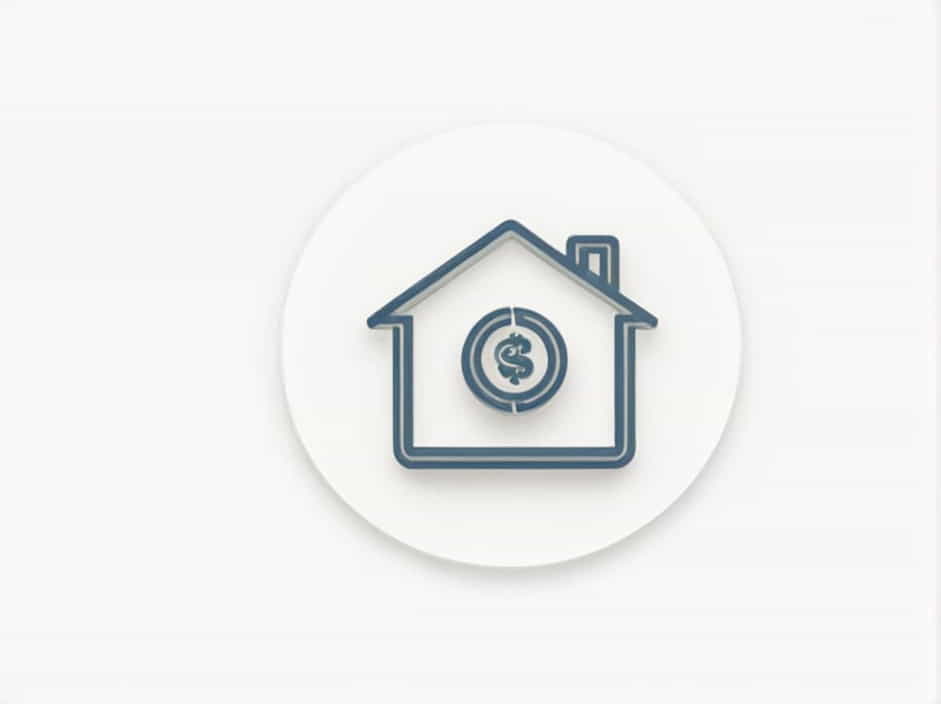An overdrawn loan account occurs when a director, employee, or individual withdraws more money from a company than they have deposited. In some cases, this results in a benefit in kind (BIK), which has tax implications.
This topic explains what an overdrawn loan account is, how it qualifies as a benefit in kind, its tax implications, and ways to manage it effectively.
What Is an Overdrawn Loan Account?
An overdrawn loan account happens when a person, typically a company director or employee, withdraws funds from the company that exceed their contributions. This creates a debt to the company that must be repaid.
For example, if a director takes money from the business without declaring it as salary or dividends, the amount is recorded as a director’s loan. If this loan remains unpaid beyond a specific period, it may be treated as a benefit in kind, subject to taxation.
What Is a Benefit in Kind (BIK)?
A benefit in kind (BIK) is any non-cash benefit received by an employee or director that has monetary value. It includes perks such as company cars, private healthcare, and interest-free or low-interest loans, like an overdrawn loan account.
When a director or employee takes an overdrawn loan account at a low or zero interest rate, tax authorities may view it as a benefit in kind, meaning tax liabilities may arise.
When Does an Overdrawn Loan Account Become a Benefit in Kind?
An overdrawn loan account is considered a benefit in kind when:
- The loan exceeds the tax-free threshold – Many tax authorities set a limit on interest-free loans. If the loan surpasses this limit, it is considered a taxable benefit.
- The loan is not repaid within the required time – If a loan remains unpaid beyond a specific period, tax consequences may apply.
- No interest or below-market interest is charged – If a company does not charge interest on the loan or charges less than the official rate, the unpaid interest is treated as a benefit in kind.
Tax Implications of an Overdrawn Loan Account as a Benefit in Kind
1. Tax on the Director or Employee
If the loan is considered a benefit in kind, the director or employee may be taxed on the value of the benefit. This is usually calculated as the difference between the interest rate charged by the company and the official market rate.
For example, if the market interest rate is 5%, but the company provides the loan at 0% interest, the director may be taxed on the 5% difference.
2. Employer’s National Insurance Contributions (NICs)
The company may be required to pay National Insurance Contributions (NICs) or other payroll taxes on the benefit in kind. This is usually calculated as a percentage of the benefit’s value.
3. Corporation Tax Consequences
If the loan is not repaid within a specific period (often nine months after the end of the company’s financial year), the company may face additional corporation tax charges.
In some jurisdictions, if the loan remains unpaid, the company may have to pay an additional tax charge (such as a Section 455 tax in the UK), which can be reclaimed once the loan is repaid.
How to Manage an Overdrawn Loan Account and Avoid Tax Issues
1. Repay the Loan on Time
The easiest way to avoid tax consequences is to repay the loan before the deadline set by tax authorities.
2. Charge a Commercial Interest Rate
If a company charges interest on the loan at the official rate, it may not be considered a benefit in kind, avoiding tax liabilities.
3. Declare the Loan as Salary or Dividends
Instead of taking a loan, directors can withdraw money as salary or dividends, which are taxed differently but avoid benefit in kind issues.
4. Keep Accurate Records
Maintaining clear records of loan transactions, repayment schedules, and interest calculations is essential for tax compliance.
5. Seek Professional Tax Advice
Since tax laws vary by country, consulting an accountant or tax professional ensures compliance with local regulations.
Pros and Cons of an Overdrawn Loan Account
Advantages:



Disadvantages:



An overdrawn loan account can be a useful financial tool, but it comes with tax implications when classified as a benefit in kind. To avoid unnecessary tax liabilities, directors and employees should repay the loan on time, charge interest at the market rate, or declare withdrawals as salary or dividends.
By following these best practices, businesses can manage overdrawn loan accounts effectively while staying compliant with tax laws.
